Moon Blindness in Horses
Updated on 05/26/24
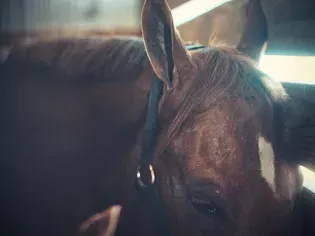
Moon Blindness in Horses: A Shadow Over Equine Health
Introduction
Moon blindness, a crippling condition that robs horses of their sight, is a serious concern for horse owners and equine veterinarians alike. This progressive disease, also known as equine recurrent uveitis (ERU), affects the delicate structures of the eye, leading to inflammation and, ultimately, blindness. Understanding moon blindness, its causes, and available treatments is crucial for early detection and effective management of this devastating affliction.
Symptoms: A Window into the Disease
The onset of moon blindness is marked by a range of symptoms that can vary in severity. Early signs include:
* Squinting or holding the head tilted: The horse may attempt to shield the affected eye from bright light.
* Watery or cloudy discharge from the eye: This discharge may be clear or slightly tinted.
* Sensitivity to light (photophobia): The horse may shy away from bright areas or squint excessively.
* Pain or discomfort: The horse may paw at the ground or rub its eye.
As the disease progresses, more severe symptoms emerge:
* Iris discoloration: The normally dark-colored iris may become lighter or develop patchy discoloration.
* Pupil irregularities: The pupil may become misshapen or unresponsive to light.
* Cataracts: A milky or opaque cloudiness can develop in the lens of the eye, obscuring vision.
* Glaucoma: Increased pressure within the eye can damage the optic nerve and retina.
Causes: Unraveling the Triggers
The exact cause of moon blindness remains unknown, but several factors have been identified as potential triggers:
* Autoimmune disorders: The body's immune system mistakenly attacks the tissues of the eye.
* Infections: Bacteria, viruses, or parasites can invade the eye and trigger inflammation.
* Trauma: Injuries to the eye can cause damage and lead to moon blindness.
* Genetic predisposition: Certain breeds of horses, such as Clydesdales and Shire horses, are more susceptible to developing moon blindness.
* Environmental factors: Exposure to bright sunlight, dusty conditions, or chemical irritants can increase the risk of disease.
Diagnosis: A Critical Step for Early Intervention
Timely diagnosis is essential for effective treatment and management of moon blindness. A comprehensive eye examination by an equine veterinarian involves:
* Visual acuity tests: Assessing the horse's ability to see at different distances.
* Slit-lamp examination: Using a special microscope to examine the structures of the eye in detail.
* Tonometry: Measuring the pressure within the eye.
* Ophthalmoscopy: Examining the internal structures of the eye, including the retina and optic nerve.
Treatment: A Race Against Time
The treatment of moon blindness aims to reduce inflammation, manage pain, and prevent further vision loss. Various medications, therapies, and surgical interventions may be employed, including:
* Anti-inflammatory medications: Corticosteroids and other anti-inflammatory drugs help reduce swelling and pain.
* Immunosuppressive drugs: These drugs suppress the immune system to prevent it from attacking the eye.
* Eye drops: Topical eye drops containing antibiotics or anti-inflammatories can be applied directly to the affected eye.
* Surgery: In severe cases, surgery may be necessary to remove damaged tissue or relieve pressure within the eye.
Management: A Lifelong Commitment
Once diagnosed with moon blindness, horses require lifelong management to minimize discomfort and maintain their quality of life. This involves:
* Regular eye examinations: Monitoring the progression of the disease and adjusting treatment accordingly.
* Protection from bright light: Using sunglasses or eye patches to shield the affected eye from the sun.
* Pain management: Administering pain relievers to keep the horse comfortable.
* Environmental modifications: Providing a dust-free environment and avoiding exposure to chemical irritants.
* Early retirement: Horses with severe vision loss may need to be retired from activities that require good eyesight.
Prevention: A Proactive Approach
Although the exact cause of moon blindness is still unknown, preventive measures can help reduce the risk of developing the disease:
* Regular eye examinations: Detect and treat any underlying eye conditions early on.
* Eye protection: Provide horses with eye protection during dusty or bright conditions.
* Vaccinations: Vaccinate horses against common equine infections that can trigger moon blindness.
* Genetic testing: For horses with a known genetic predisposition, genetic testing can help identify individuals at higher risk.
Conclusion
Moon blindness is a debilitating disease that can have a profound impact on the life of a horse. Understanding the causes, symptoms, and treatments is crucial for early detection and effective management. By providing horses with regular eye examinations, protective measures, and appropriate medical care, we can help them navigate the challenges of this disease and maintain their well-being. Remember, early intervention is key in preserving the sight and overall health of our equine companions.
Explore More Pets

Pony Breeds
The Difference Between Horses and Ponies

Horse Diseases & Conditions
What Do I Do If My Horse Colics?
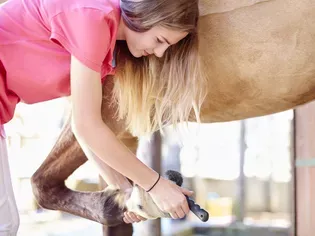
Pony Breeds
Horse and Pony Care by the Day, Week, Month and Year
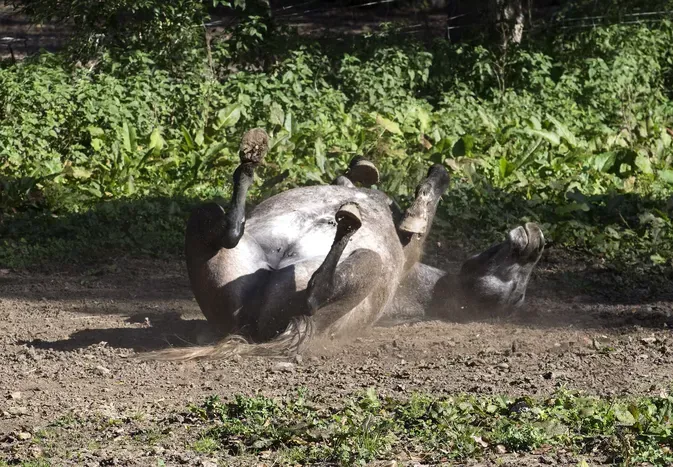
Horse Grooming
Mange in Horses
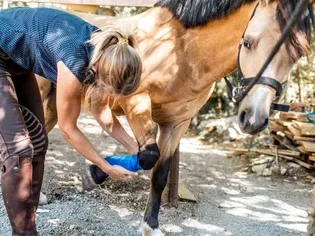
Horse Diseases & Conditions
Grease Heel in Horses

Light Horse Breeds
Gypsy Vanner Horse Breed Profile
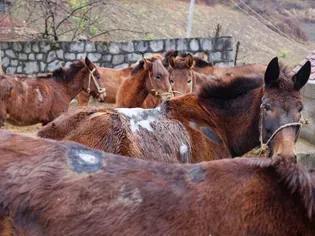
Horse Diseases & Conditions
Girth Galls and Saddle Sores
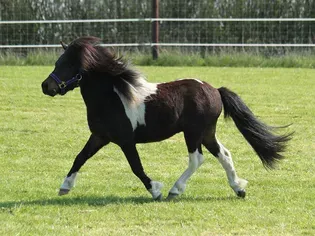
Pony Breeds
Shetland Pony Breed Profile
